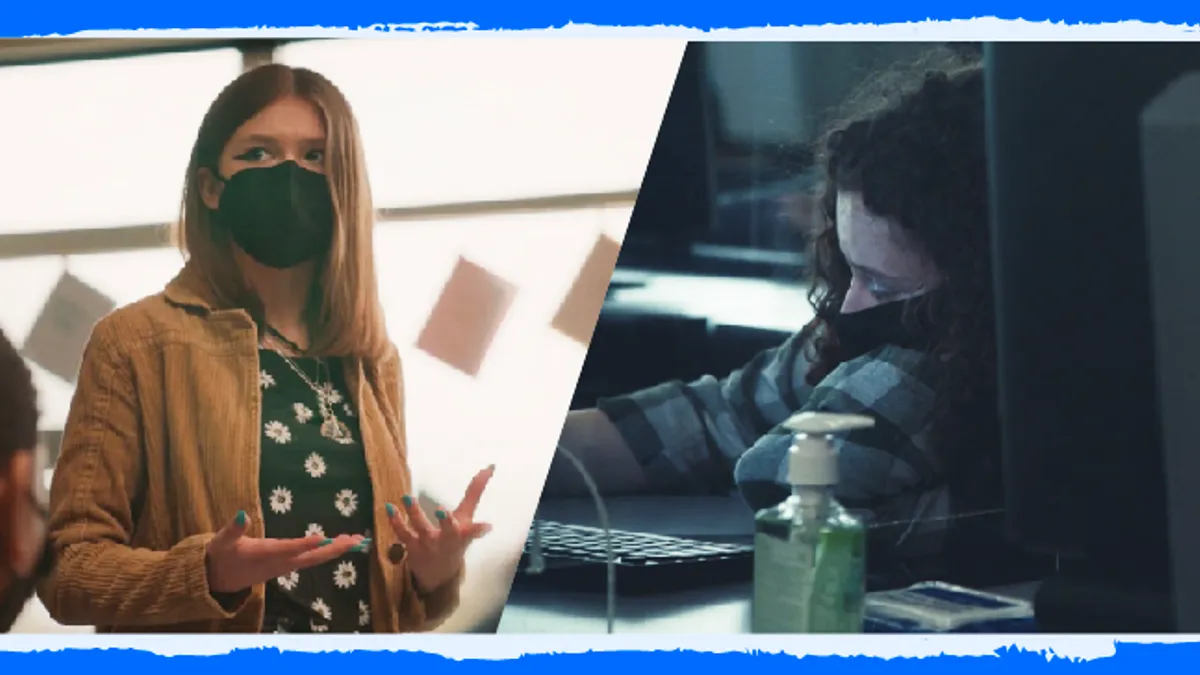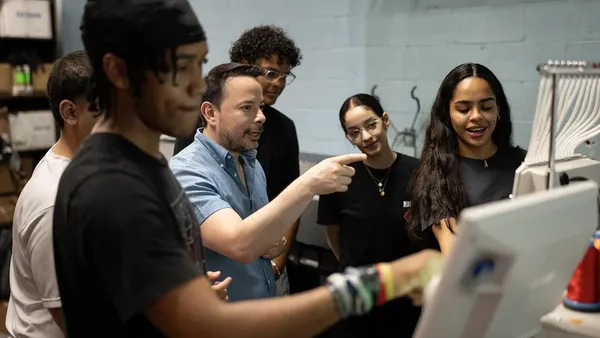Right now, we have an opportunity to make an unprecedented commitment and investment to meet every child where they are, to prepare every child to succeed, and to provide every teacher with the resources they need in order to support them. There is urgency to act, but we can't let that urgency lure us to the quickest fix.
We all want schools to reopen and return to "normal" but we must remember that before the pandemic, only half of students reported feeling engaged in school. That cannot be the normal we are striving for.
Newsela's recent white paper authored by its co-founder and Chief Academic Officer Dan Cogan-Drew, calls out "learning loss" as a symptom of a larger systemic issue, which he refers to as an "engagement crisis."
The real problem is that there are too many impediments standing in the way of a student's ability to act on their desire to engage in classroom learning. Those impediments range from societal impediments such as racism and poverty, to institutional impediments such as the design of our learning environments, which have historically been optimized to work for the institution, not for how students learn best.
Using Transcend Education's set of learning science-based principles that define the conditions in which people learn best, the paper urges district leaders to ensure learning recovery plans align to these conditions to address the root of the problem. It warns if we do not heed the science, we will miss this rare opportunity when we have the attention and the means to redesign our education system to work for all of our students.
Key takeaways from the paper include:
Every learning community needs to begin by assessing its readiness for learning. We should be prepared to encounter a broad diversity of conditions amongst our learners and the educators responsible for the design of their learning environments.
Socially and emotionally, students and adults will need to rediscover and reclaim personal, in-person relationships. We must avoid any pre-programmed solution - such as using "skill and drill" products - that isolate students from their peers and teachers at precisely the moment when they will benefit most from the affordances of social learning.
When students are emotionally ready, good assessments that are well-administered can diagnose where to resume classroom learning, always with an eye towards preparing for the future.
But not all assessments are created equal. Assessments that are not adaptive will expose students to the disengaging, demotivating experience of being asked the same out-of-reach question again and again in order to establish the same result. It is also not the time to introduce assessments to students for the first time. It will be harmful and counterproductive if the assessment itself creates a state of "excessive stress or anxiety."
The New Teacher Project's Don’t remediate. Accelerate playbook is premised on the assertion that students who are not currently on-pace need to move faster, not slower than their grade-level peers. This means identifying the most essential skills/knowledge that students will need in order to be successful, and ensuring there is a plan to align "just-in-time" instruction on these critical standards.
We're not describing a one-and-done intervention that will "catch kids up" in time for the fall. The summer can be the first step in a journey to reaccelerate learning to best prepare all students for the future. Programs should establish and maintain cohesion between summer plans, the past school year, and the school year to come. Much less effective will be an isolated experience of "summer learning" that has no clear relationship with this school year, is not informed by SEL and academic readiness assessments, and what students will need to know and be able to do next year.
Content choices matter a great deal for the implicit and explicit messages that they send students about their own self-worth, their place in school, their ability for self-determination and self-regulation.
We must understand that SEL and academics are inextricably linked and failure to acknowledge one will counteract any success in the other. For example, if we want students to develop literacy skills, we have to give them something important, something relevant to read, something that is related to their prior knowledge and helps them to expand and deepen that knowledge for future readings. It is not sufficient simply to teach a particular reading comprehension skill across many, random and varied subject areas, expect that students will improve their ability to read for central idea, and leave it at that. While this approach is easily learned, returns diminish quickly. What's required is greater attention to deep content exploration and that takes time and content that is engaging, relevant, and inclusive.
You can visibly see the difference in students when they are actively engaged in the content they are learning about and when they are not. Every piece of instructional content should be designed for inclusivity, accessibility, backed by the learning science of motivation and engagement, and available in every modality to the next generation of citizens.
Click here for the full version of Newsela's academic paper and learn more about how the learning sciences are critical to your learning recovery plan.










